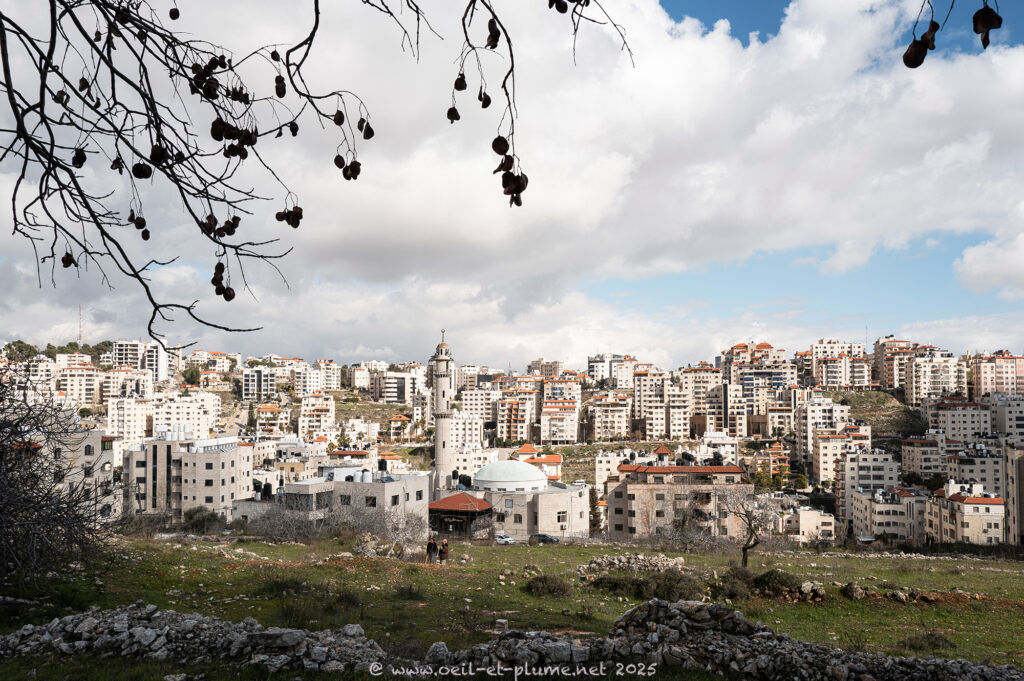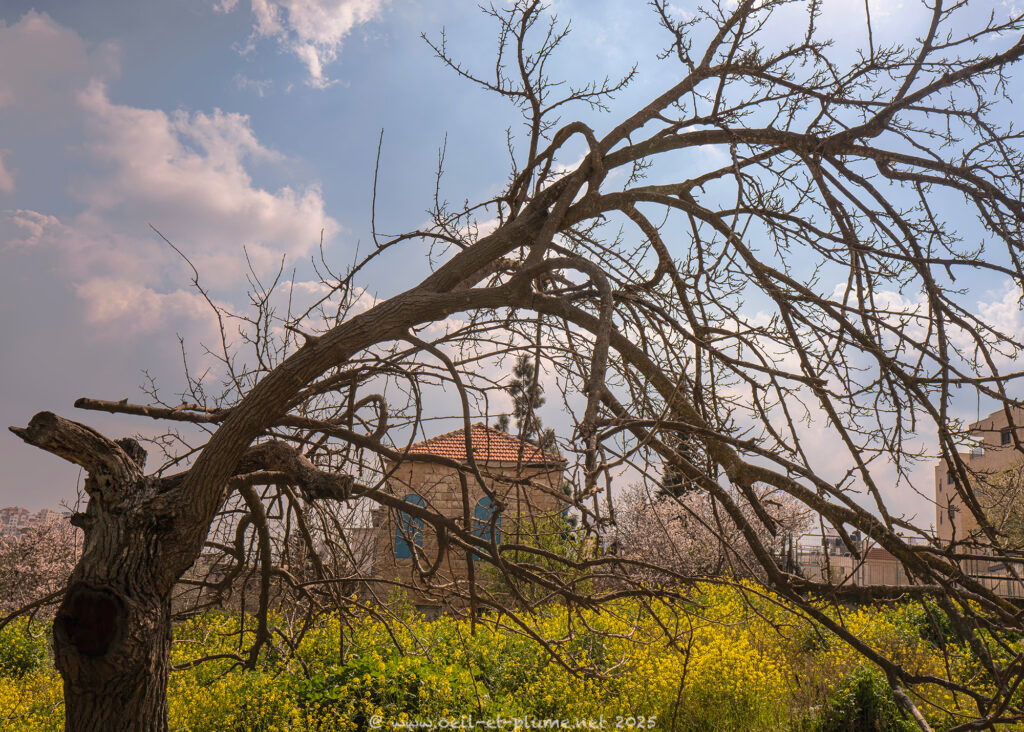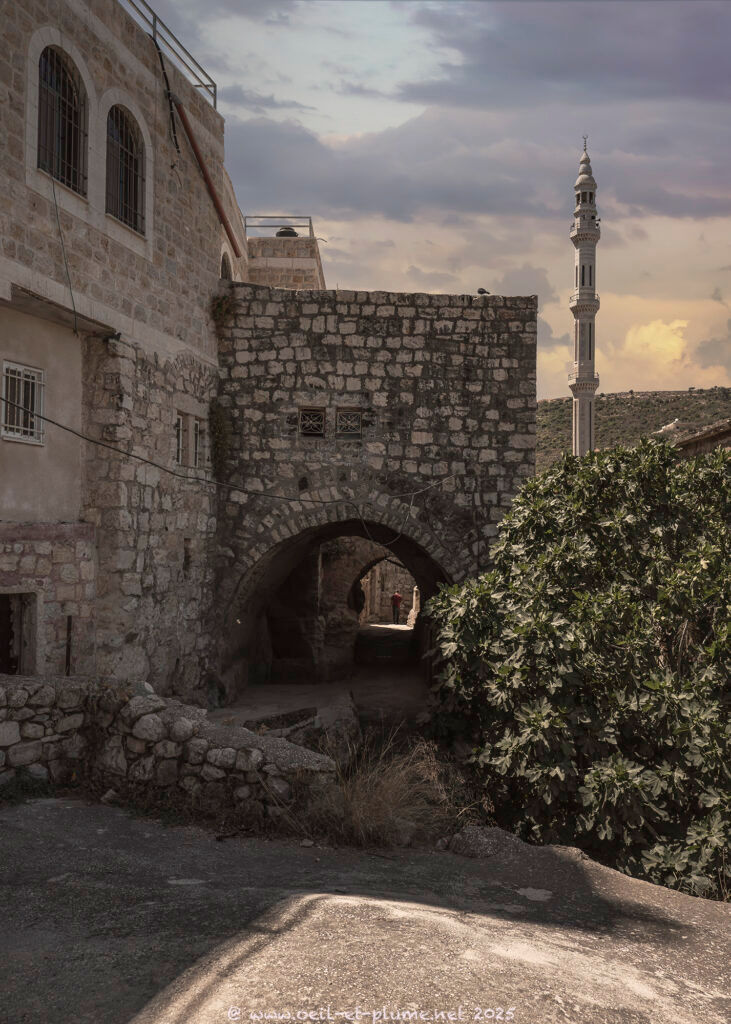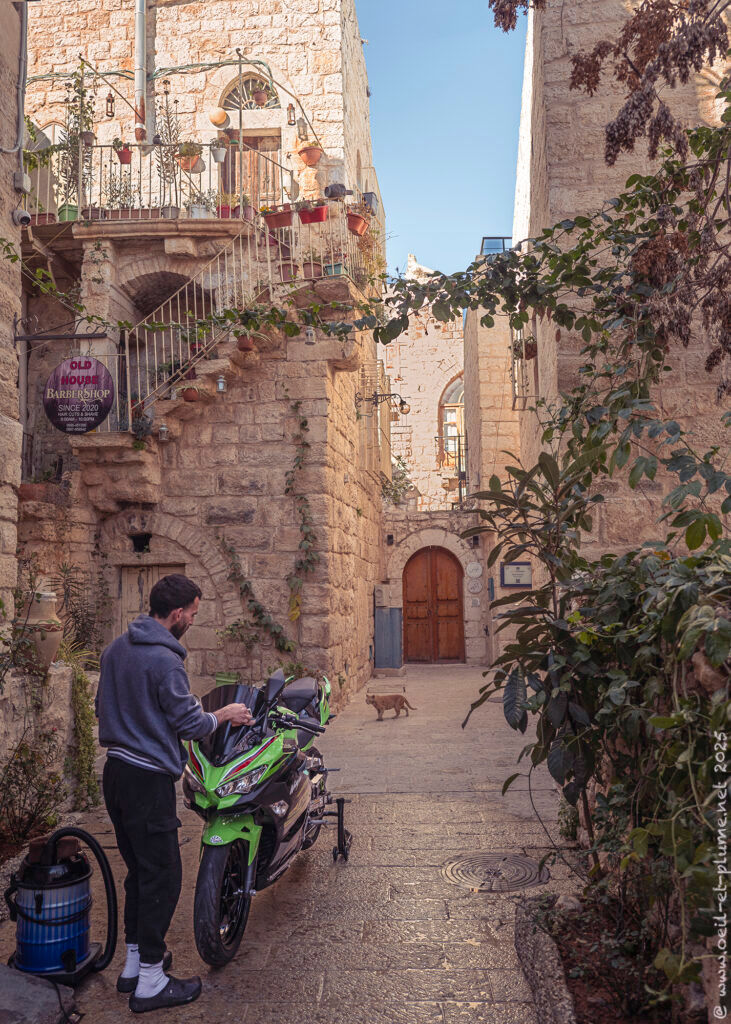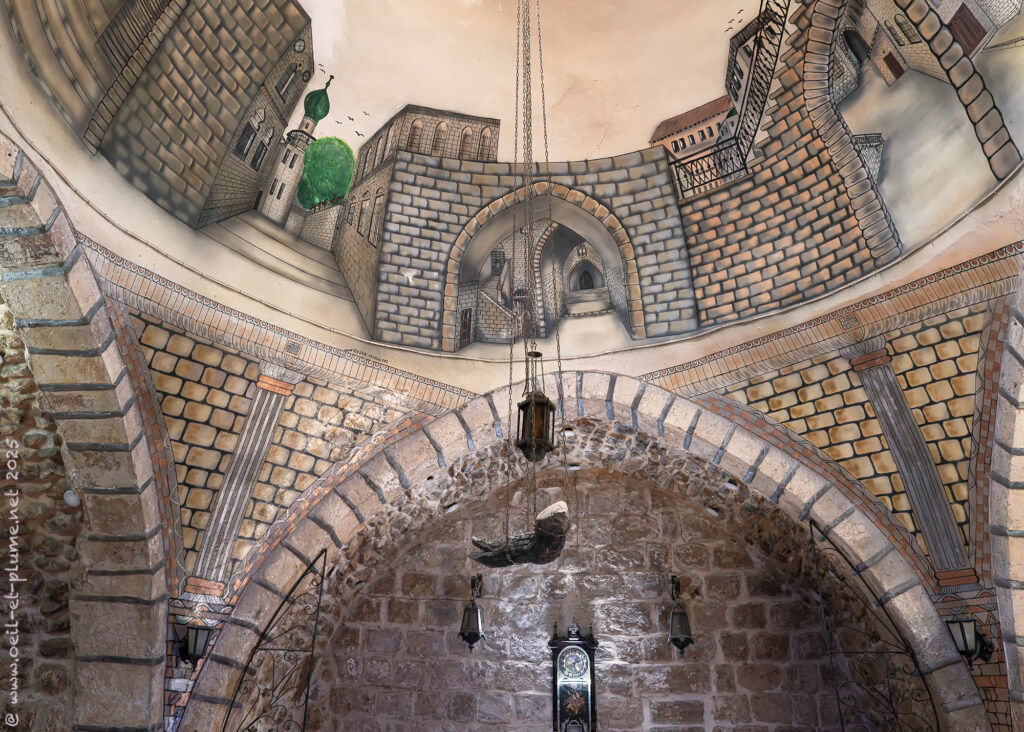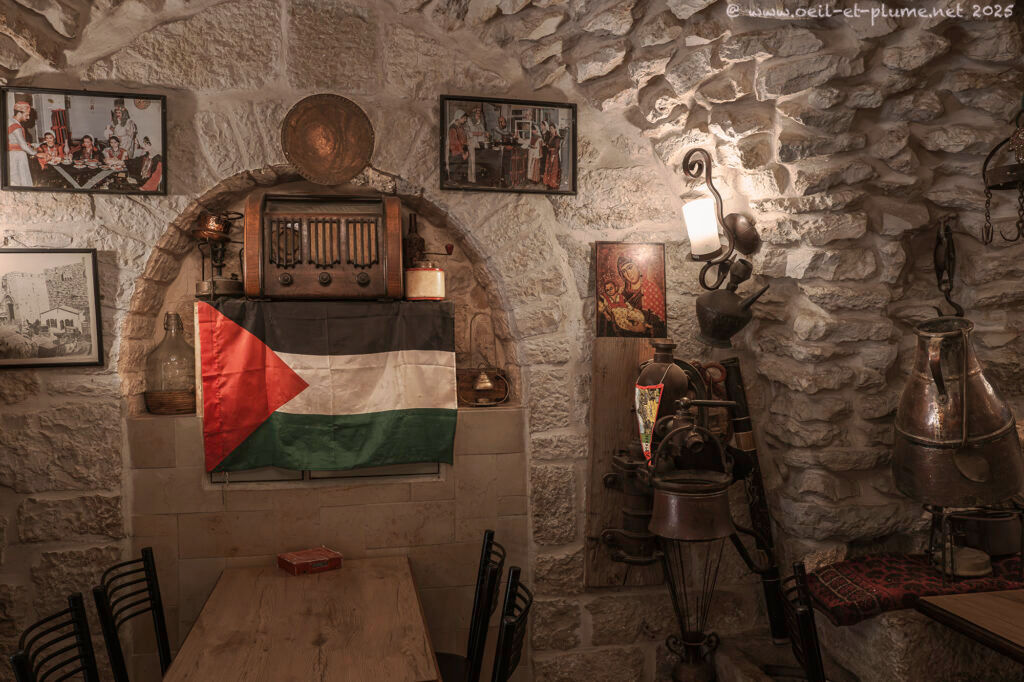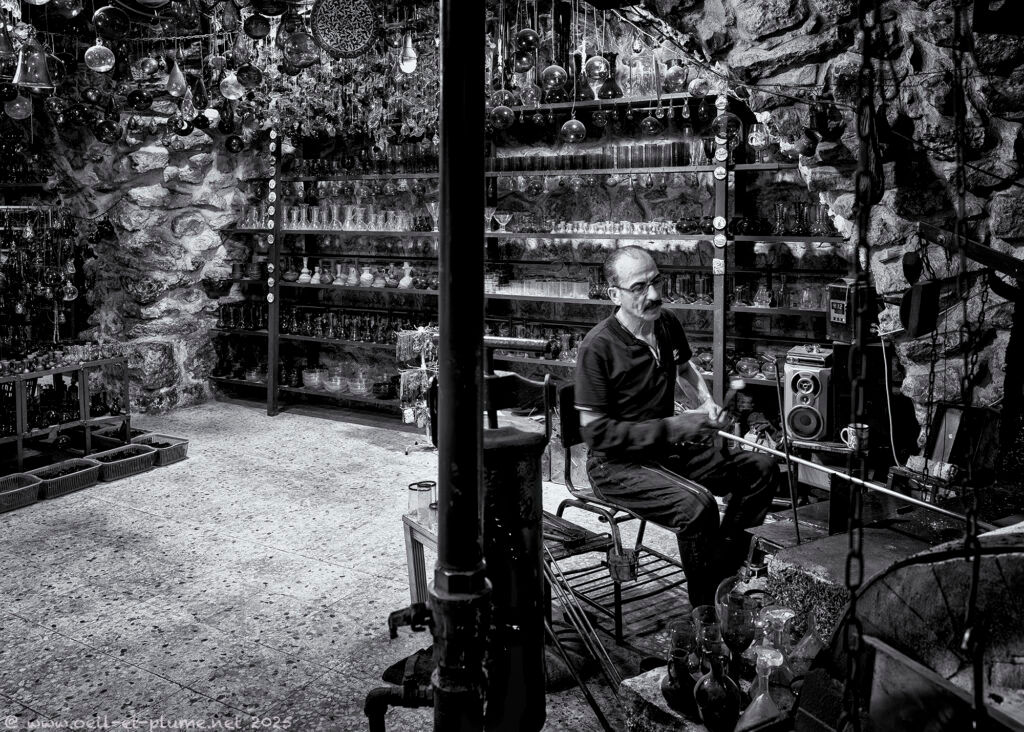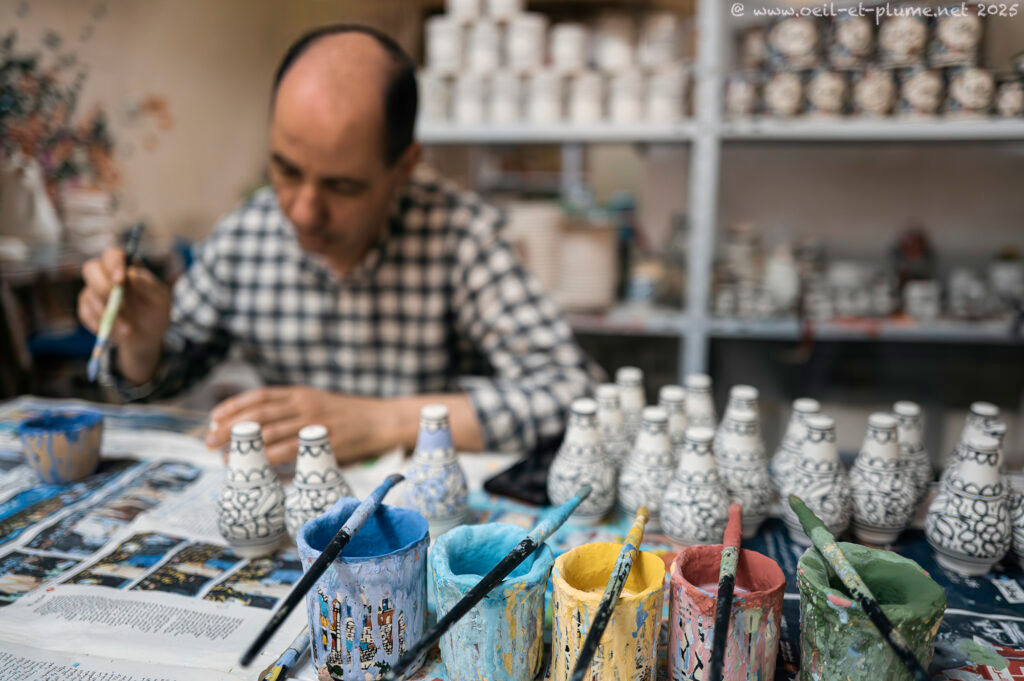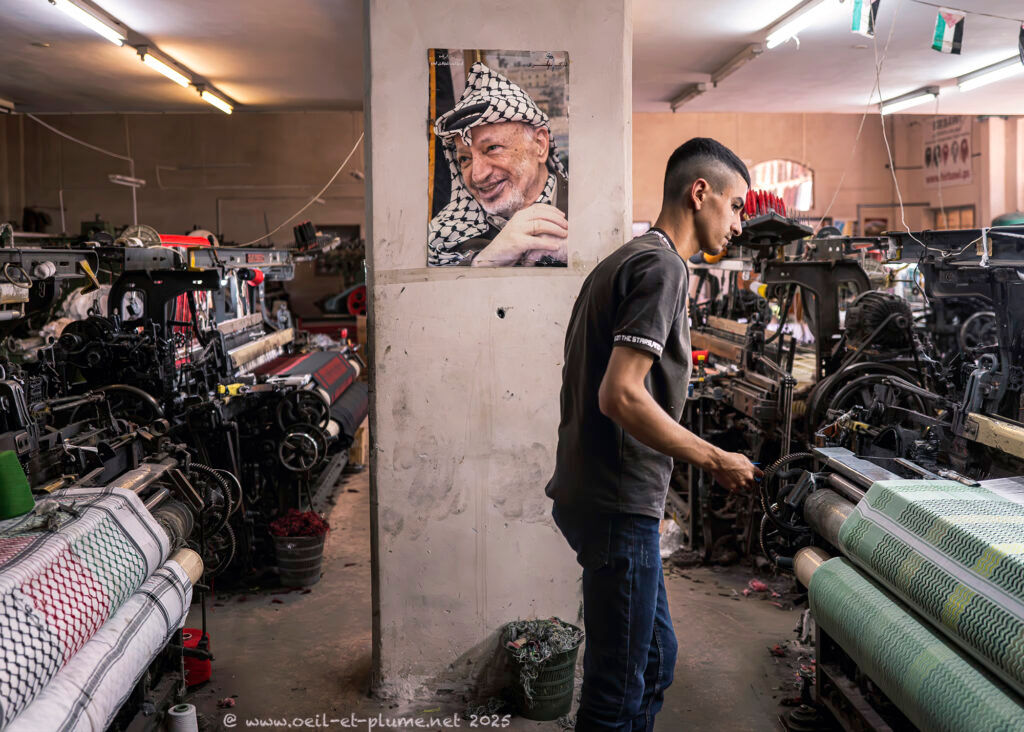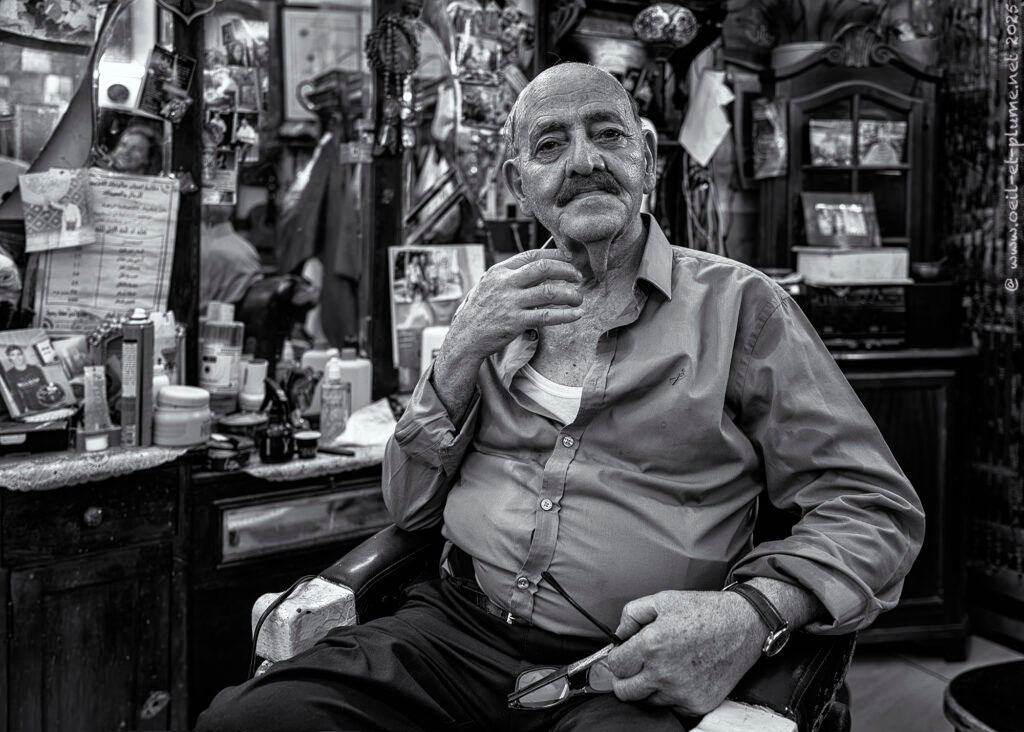After living in the West Bank for over a year, I’ve come to see this place in a light that’s rarely shown in the headlines. Too often, the West Bank is portrayed only through the lens of conflict and division — but that’s not the full picture. Like many regions marked by history and struggle, it’s also a land of cultures, creativity, resilience and everyday beauty.
The West Bank history is as layered and complex as its rugged landscape. For more than 2,000 years, empires and powers have come and gone. In the last centuries, the Ottomans ruled for four hundred years until 1917. West Bank was under British Mandate in the 1920s, under Jordanian authority from 1948 to 1967, before the current Israeli occupation. Each time period has left its mark in geography, architecture, culture, and in the daily life.
What follows is a glimpse into urban life in the West Bank, seen through a Palestinian lens and shaped by the many legacies that still live and breathe in its cities.
Rural cities
In recent years, the main cities in the West Bank have grown in size and density due mainly to the ongoing conflict and the difficulties of the agricultural sector. Yet, Palestinian cities are still strongly connected to their natural environment, geographically and socially. Palestinian cityscapes still nurture many traditional domestic gardens and small agricultural fields.
Many Palestinians living in the cities have deep rural roots. Generations of families have moved between the hills and the towns, carrying with them traditions and values. Their strong sense of cultural and geographical belonging still shapes urban life today. Many urban dweller own family properties — orchards, wine yards, agricultural fields, farms, residential houses — elsewhere in the West Bank that they visit as often as possible.
Old-new cities
Cities like Ramallah, Nablus, Jericho, Bethlehem, and Hebron pulse with a mix of old and new. Nowhere is this contrast more visible than in their architecture. Traditional stone houses and Ottoman-era courtyards still hide between modern streets, reminders of a slower and sturdier past. Contemporary buildings often seem to hesitate — some echo ancient forms and details, while others reach for the sleek lines of modern design.
My photography is especially drawn to the older structures for their quiet strength forged through time, their confirmed functionality, their pure aesthetic, the warmth of their hand-cut stone, the play of light on their simple geometric shapes.
The old stones of Palestinian cities in the West Bank are not museum pieces. They are alive — sheltering people from air, rain, and light, and offering privacy from the outside world. They breathe with those who inhabit them, shape daily routines, partake conversations within their walls, and witnessing prayers whispered in quiet corners. These stones do not simply preserve history; they continue writing it.
New-old mobility
Palestinian cars follow the same dual logic as architecture. In Ramallah, fancy and luxury cars glide through the streets, symbols of social status and a desire for space, speed, and freedom of choice — things often out of reach in daily life here. Yet, it takes more efforts to locate humble, aging vehicles that tell a different story: one of resilience, adaptation, and the practical side of Palestinian mobility. These vintage cars, patched and polished over the years, move at their own rhythm — reminders that geographical mobility here is rarely just about distance, but about endurance and ingenuity.
Traditional handicraft and business
The narrow alleys of historic centres in the West Bank lead into bazar streets lined with food and non-food shops, cafés, bookstores, and modest art galleries. Local markets hum with sounds, scents and colours. I will always remember the underlying brouhaha of voices and noises, the scent of olive products, fresh za’atar, cinnamon and other spices, the attractive smell and look of traditional street food, the shining sparkle of copper ware, the fascinating colour symphony of glass and ceramics.
Amid the energy and noise, there’s a quiet pride in preserving what feels authentic and local, against all odds. Even as smartphones glow in every hand, Palestinian people still find time to pause for greetings, chit-chat or extended conversations, friendly or heated discussions. They are fond of strong and sweet coffee or tea, often supported by shisha and other small rituals tying communities together. Such quality time supporting social bonds is also practised and valued by local youth.
Ongoing conflict and growing economic hardship in the West Bank tend to erode some of these traditional activities, social practices and values. Yet, despite the challenges, Palestinians remain very proud of their cultural identity, and deeply committed to nurturing it. In homes, schools, and community spaces, one can feel the determination to keep traditions alive — in language, food, handicraft, art, and in the rhythm of daily life.
I feel deeply blessed to have lived this life chapter in the West Bank — a land where history breathes through stone, and hope persists in the hearts of its people.
Cheers,

